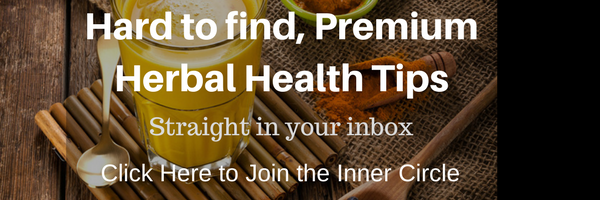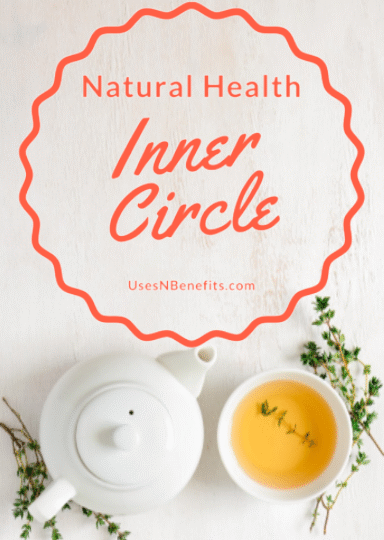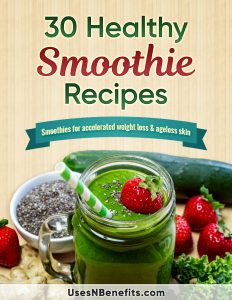You’ve probably been hearing a lot about the benefits of turmeric in recent years. Nutrition news is full of research that goes beyond the macronutrients and vitamins in foods to micronutrients and phytochemicals.
Some of the benefits these compounds offer stem from their antioxidant and anti-inflammatory potential and their ability to create homeostasis in the body. As a result, emphasis is shifting back to eating healthful whole foods, and the curcumin found in turmeric is at the top of the list of heavy hitters when it comes to live-giving phytonutrients.
How it Works
Curcumin has been proven to be more effective than celecoxib (Celebrex) in treating arthritis pain, for example. It has antioxidant, antiviral, and antifungal properties and it inhibits the function of molecules that play a role in inflammation because it contains high levels of natural pain-relieving COX-2 inhibitors. COX-2 is an enzyme responsible for the formation of prostanoids, the fatty acids which mediate inflammatory reactions, and is acts on chronic inflammation from metabolic oxidation that occurs daily, local site inflammation from minor injury such as a scrape or cut, and post-surgical inflammation. It’s also non-toxic to humans, so it comes without the side effects of prescription medications.
Curcumin reduces inflammation by lowering histamine levels and stimulating the adrenal glands to produce more cortisone, the body’s natural painkiller. It works to alleviate pain from:

- Rheumatoid arthritis caused by autoimmune dysfunction
- Carpal tunnel syndrome
- Diverticulitis by reducing the swelling of colon pockets (diverticula)
- Fibromyalgia
- Gallstones and kidney stones by thinning out bile and reducing the formation of stones, or dissolving stones that are already formed.
- Headache
- Backache caused by muscular strain, sprains or pulls
- Osteoarthritis caused by mechanical wear and tear on joints
- Gout
- Ulcers – it works only half as well as over-the-counter antacids, but it’s very inexpensive by comparison; works against Helicobactor pylori which causes gastric ulcers
Other healing uses for turmeric include:
- Depression – works the same way as serotonin in the brain
- Diabetes – lowers blood sugar and increases insulin production
- Fungal infections – contains at least 20 fungicidal compounds
- Viral infections
- Indigestion
- Psoriasis – regulates inflammatory proteins that are secreted by the immune system (can be applied topically)
- Warts – has proven active against the papillomavirus
- Artherosclerosis – reduces the formation of blood clumps
- Mental decline – Curcumin can bind with heavy metals such as cadmium and lead, thereby reducing the toxicity of these heavy metals and protecting the brain.
How much do you need?
Typically, 2 tablespoons mixed with water into a paste is used for topical applications, such as wounds or arthritic joints.
Internally, take 1/2 to 1.5 teaspoons of dried root powder daily, 250 mg per day in supplement form, or 400-600 mg of extract in supplement for up to 3x per day for extreme conditions.
Look for supplements that contain black pepper or add it to your own culinary use. For pain, don’t forget to add black pepper to topical treatments as well.
Look for supplements standardized to 95% curcuminoids, phosphylipid-bound, and containing lecithin.
A daily diet that contains turmeric is an effective way to prevent pain and disease.
Turmeric is one of the staples of Ayurvedic medicine, the traditional healing art of India. To get more turmeric into your diet:
- Use it to spice up main dishes such as chicken, turkey, rice, vegetables, beans, and soups.
- Add it to salad dressings, marinades, glazes, potatoes, smoothies, bone broth, eggs, and sautéed onions.
- You can purchase curry paste or make your own and add it to stir-fries or soups.
- Sprinkle it on cruciferous vegetables such as cauliflower, broccoli, Brussels sprouts, and kale. The phenethyl isothiocyanates in the crucifers combines with the curcumin in turmeric to prevent the growth of prostate cancer tumors.
- Add black pepper to enhance the bioavailability of curcumin.
- Drink turmeric tea or golden milk.
Here are a two COX-2 inhibiting recipes to get your started:
-
Warm Curried Soup
Ingredients
8 stalks of celery
1/4 cup shredded or chopped cabbage
1/4 cup chopped chives
2 tablespoons turmeric powder or 4-6 inches of turmeric root, chopped
1/2 teaspoon powdered ginger or 2 inches ginger root, chopped
1/2 teaspoon each fresh or dried rosemary, sage and thyme
1 teaspoon ground black pepper
2 cups water
Directions
Place water and all ingredients except herbs and spices into a high powered blender such as the NutriBullet. Blend until 45 seconds. Mixture may be slightly grainy. Repulse if you want a smoother consistency. If ingredients don’t fit into your blender, blend in two stages.
Place blended ingredients in a saucepan and add herbs and spices. Warm over medium heat, stirring to incorporate.
Remove from heat and enjoy immediately.
-
Turmeric Smoothie
Ingredients
1 banana (freezing bananas for smoothies makes a thick milkshake consistency)
1/2 cup fresh or frozen cranberries
1/4 cup fresh pineapple
1/2 cup plain organic or pastured yogurt
1 tablespoon collagen powder
1 raw pastured egg
1 teaspoon powdered turmeric
1/4 teaspoon powdered ginger
1 teaspoon coconut or flax oil
Directions
Blend all ingredients thoroughly in a high powered blender and enjoy immediately.
If you’re not convinced that turmeric will work to help relieve your pain, consider the case of Jerry, a 70+ year old man who was born with a hip malformation that caused him pain throughout his entire life.
In his 60s, he started supplementing with turmeric. His pain subsided quickly enough, but by the time he was in his 70s, he opted for a hip replacement because his hip joints had become very stiff. His doctors were amazed at his quick, pain-free recovery. He did not need to take any medication for post-surgery pain and swears by turmeric for this.
Does turmeric work for pain? You bet it does. There are more than 7000 studies on this plant, so you can confidently try it for yourself and make your own remarkable recovery!







